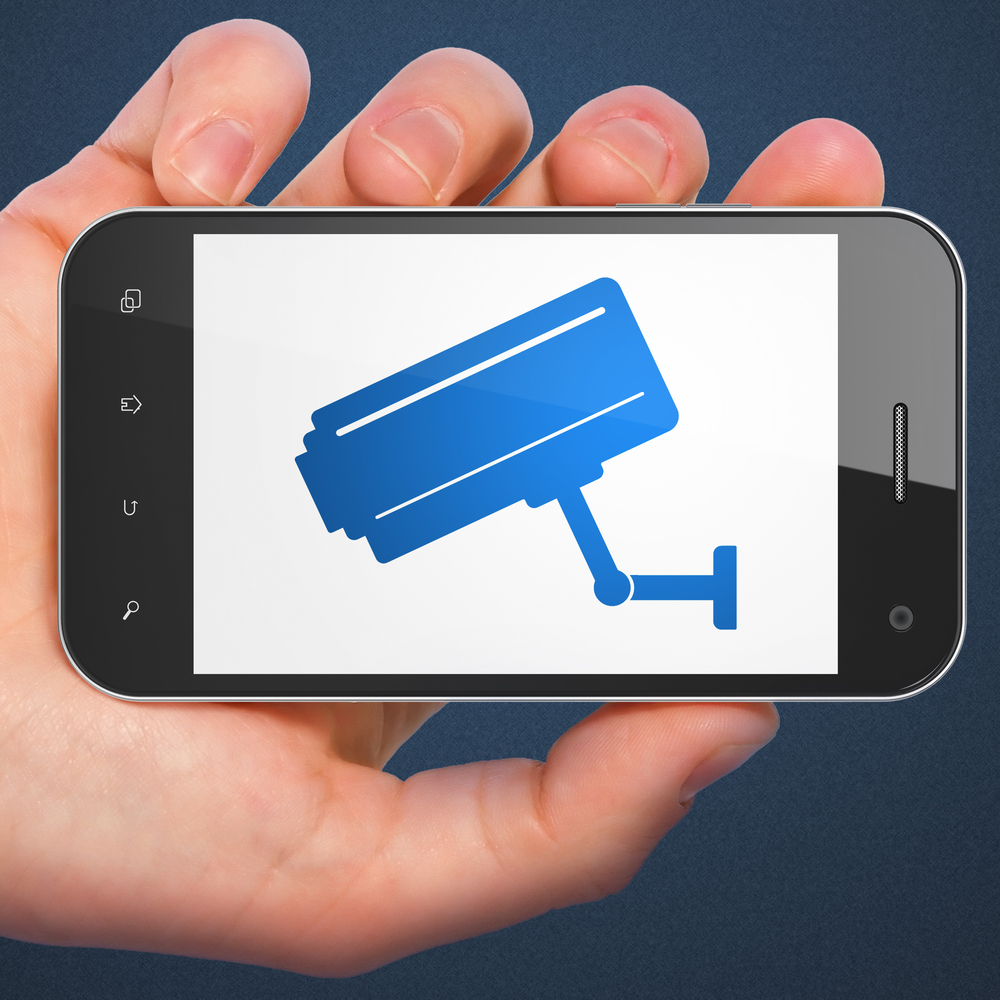Protecting your wireless security camera footage

About four years ago, before I had children, I was quite surprised when friends of mine had a baby monitor with a video display -- not because I didn't think something like that was possible, but the fact that it was normal and available in a nice wireless package was striking for someone inexperienced in the baby world.
Several years later, my wife now checks on our younger child every night with one. The sense of security and convenience that come with a device to instantly check on someone or something that you care about can be extremely valuable.
Keeping track of children aside, wireless cameras are commonly used to secure both businesses and homes. The evidence they produce can be used to help solve crimes, but more importantly, a potential thief or vandal would likely rather not have his or her face captured on video and would be discouraged from breaking in.
To this end, a simple Wi-Fi IP camera, or several of them, can be purchased and set up in your home fairly easily. As their data is transmitted over the Internet, images from them can be stored remotely so you can view them anywhere that you have Internet access. You can even have these cameras send you a picture via email if motion is detected.
It is important to set up the camera properly and check its status often. While these cameras are a great tool for keeping people and things secure, it is possible for others to access your footage if your camera is not password protected or set to private settings.
Many of these devices are set up with a default configuration and password, meaning that they can potentially be accessed with the same credentials as thousands of other cameras of the same type. The only real hacking that one would have to do in this case is to find the camera on the Internet and know the default password setting.
Fortunately, you can take a few simple steps to minimize the chances of this type of attack:
- A strong password, or at the very least a non-default one, can help stop intrusions.
- Keeping your camera up-to-date with the latest software patches is another step to mitigate security issues.
- It is also worthwhile to register your device with the manufacturer. This allows the camera's manufacturer to contact you about any vulnerabilities that are discovered and offer a fix to the issue.
- Physically, one solution could be to position the cameras in such a way as to not allow others to see your daily lives, such as looking out of a window or down an entryway hall. On the other hand, this would limit how you’re able to use the camera if you want to keep an eye on specific parts of your home’s interior.
In the baby-monitoring scenario, a wireless camera that transmits directly to a receiver, not over the Internet, is the best option. Though perhaps someone extremely close to your house might be able to pick up the signal with the right equipment, it’s highly unlikely that anyone would go to that much trouble.
Wireless cameras can also be supplemented with many of the other options available, such as a professionally monitored security system or even simple door or window alarms. But with proper set-up, wireless security cameras are an inexpensive, easy and secure solution to help keep an eye on your home or business.
 Jeremy Cook is an engineer by trade, but his passion lies as a maker and experimenter. He loves to create and tinker with all things electronic, including home security products and technology. To see some of the home security camera system options that that Jeremy talks about in his article, visit The Home Depot.
Jeremy Cook is an engineer by trade, but his passion lies as a maker and experimenter. He loves to create and tinker with all things electronic, including home security products and technology. To see some of the home security camera system options that that Jeremy talks about in his article, visit The Home Depot.